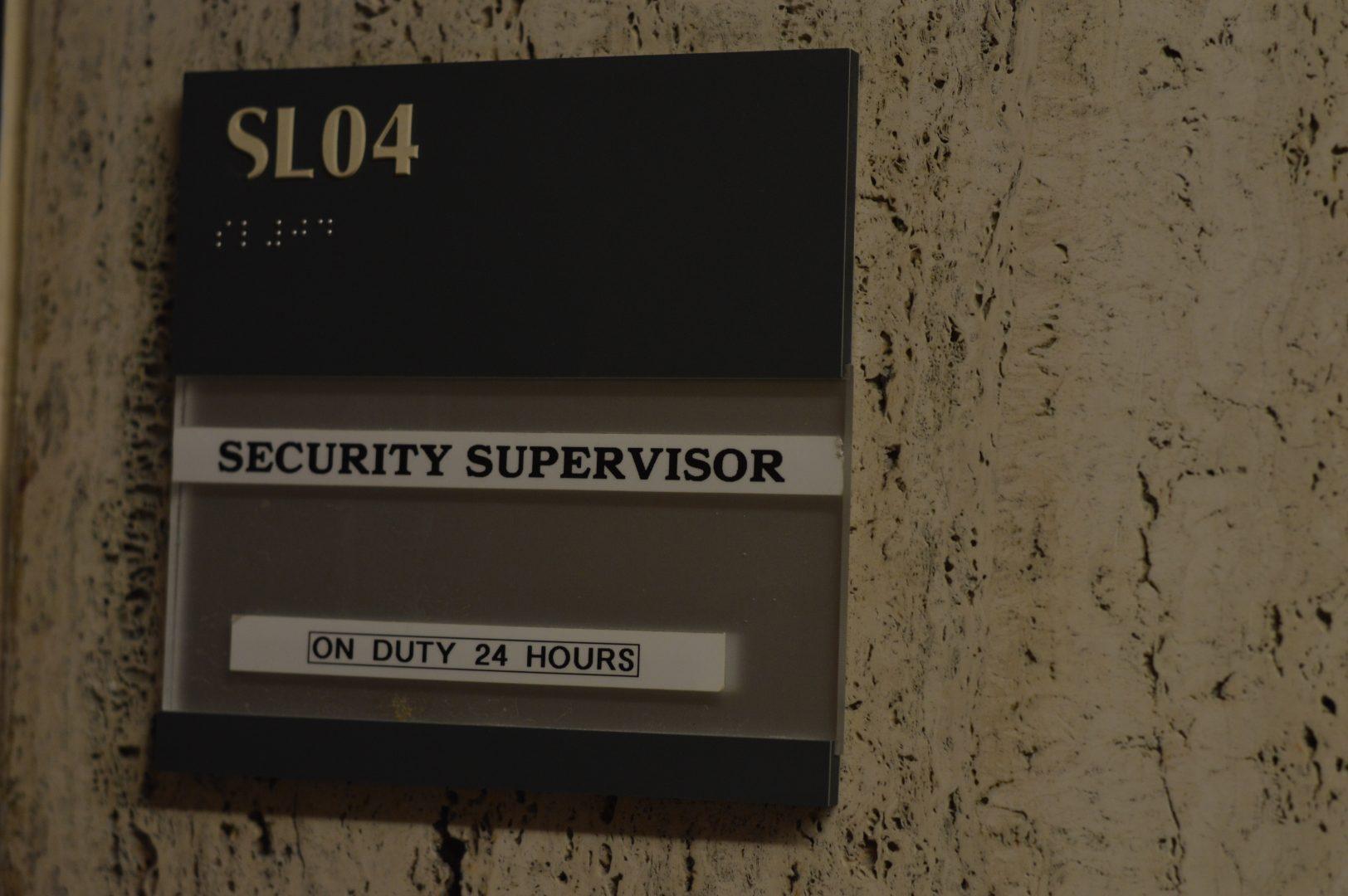RFIDs Set a New Standard for Security
September 11, 2013

Fordham has implemented the use of radio-frequency identification (RFID) cards that have become the new standard at Fordham College at Lincoln Center (FCLC).
“It’s an evolutionary step to take advantage of technology, to assist us to better determine who is coming and going from Fordham,” Associate Vice President of Safety and Security John Carroll said of the switch.
“With this particular type of ID, we have to rely on the physical ability of the guards. I don’t get a warm and fuzzy feeling that everybody is being properly checked,” Carroll said of the now-outdated cards without RFID technology.
While the real change can be found within the card, with the inclusion of a RFID chip, the change is even obvious from the outside; the new IDs received a complete aesthetic redesign. Gone is the faded American flag in the right corner. Gone are the maroon borders and the faded photograph of Eddie’s Parade. The new cards, now oriented horizontally, are plain white with a faded Fordham crest beneath students’ names, accompanied by a picture of the student.
When brought within three inches of the card reader located at most entrances of McMahon and Lowenstein, the card reader sends the students’ picture and information, specifically if the student is allowed entrance or not, to the computer screen at the guards’ desk. The entire implementation of the new system will be completed in spring 2014, according to Carroll.
“There is no reduction in staff. This is a tool. This is not too dissimilar from security monitors. It helps enhance what they can do for us,” Carroll says of any plan for the future presence of security guards on campus.
The implementation of the new cards will also cost “considerably more,” according to Carroll.
“These old cards, they were less than a dollar to make,” Carroll said. “These [RFID cards] are over five dollars to make. They are very expensive to make.”
The new RFID cards also remedy some of the problems the old forms ID could have potentially presented to security and safety.
“Let’s say you lost that card. If you come back and report that to us, we will disable that card and nobody else can use that card,” Carroll said of the RFID cards. With previous forms of identification used at Fordham, “if you lost your card, somebody could pick it up and if they looked somewhat like you they could probably get in,” Carroll said, emphasizing the benefit of the RFID card’s ability to disable lost cards.
“I think it is going to help expedite our students, particularly when it is crowded,” Carroll said in response to questions of possible congestion at guard posts during times of high foot traffic.
In addition to the ability to remotely cancel lost or stolen cards, with the change in cards also comes a new process for receiving replacement cards. Instead of having to wait until the following day to access the ID Center for a replacement card after office hours, security supervisors will be able to disable a lost or stolen card and replace it on-site after the completion of an online report.
Of this new process for card replacement, Carroll said, “We are trying to be much more present for our students, 24/7, 365.”
While this technology is helpful in aiding safety and security issues, Carroll also believes that the technology will “open up opportunities for our students, faculty and staff.”
“I am certainly hoping that it never retards pedestrian movement in and out, and I don’t think it will,” Carroll said. “And I think, like anything else, once we get used to it, our students will love it.”
Carroll also said that the use of these cards will not be logged. “This is not the purpose at all. No. This is not a Big Brother thing at all. We are not looking into ‘what time did you come to school?’” Carroll joked.
At the time of publication, the system was officially in use at the street-level and plaza-level entrances of McMahon. Additionally, card readers, without computer connections, have been installed at the plaza- and street-level entrances of the Leon Lowenstein Building.











